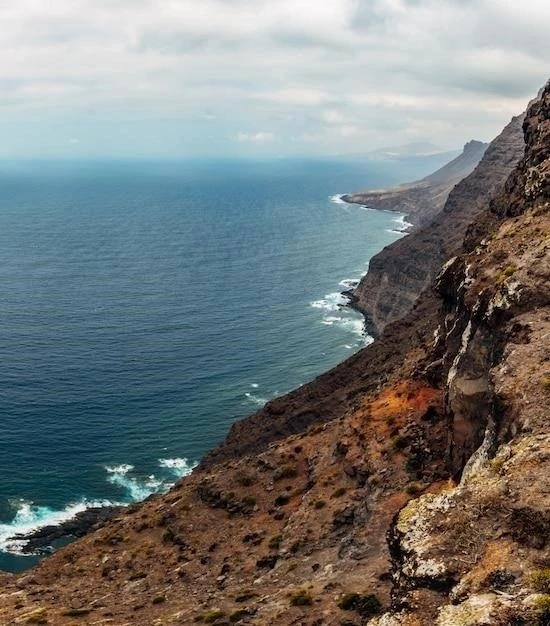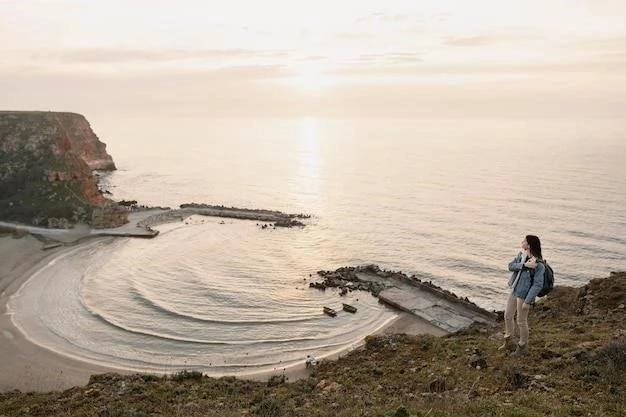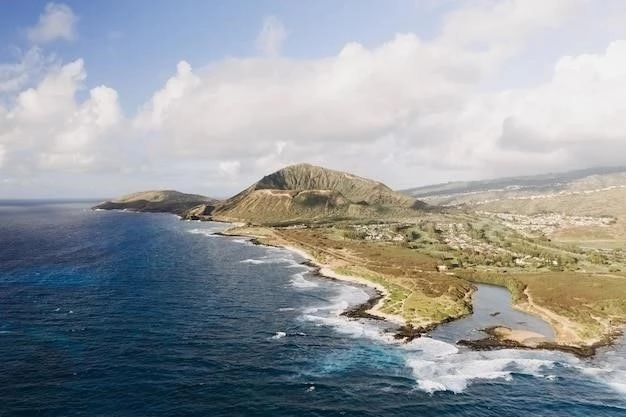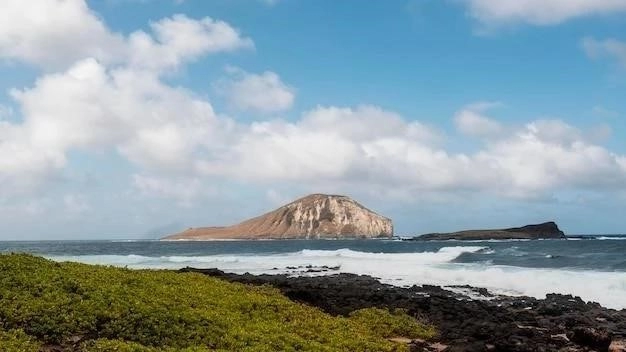Cape Point‚ a dramatic headland at the tip of the Cape Peninsula in South Africa‚ is a place of breathtaking beauty and dramatic scenery. Often mistakenly called the southernmost point of Africa (that honor actually belongs to Cape Agulhas‚ about 150 kilometers to the east)‚ Cape Point is nonetheless a place of incredible significance‚ both geographically and historically.

A Natural Wonder
Cape Point is part of Table Mountain National Park‚ a UNESCO World Heritage Site. The park is renowned for its diverse flora and fauna‚ boasting over 1‚200 plant species‚ including the iconic fynbos. Visitors to Cape Point can expect to see baboons‚ ostriches‚ Cape mountain zebras‚ and over 250 bird species.
The landscape of Cape Point is equally impressive‚ characterized by towering cliffs that plunge into the tumultuous waters of the Atlantic Ocean. The views from the cliffs are simply breathtaking‚ offering panoramic vistas of the peninsula‚ the ocean‚ and the meeting point of the warm Agulhas and cold Benguela currents.

A History Steeped in Maritime Lore
Cape Point has long been a significant landmark for sailors. Bartolomeu Dias‚ the Portuguese explorer‚ rounded the cape in 1488‚ opening up the sea route to the East. Since then‚ the treacherous waters around Cape Point have witnessed countless shipwrecks‚ their stories etched into the fabric of the capes history.
The most famous landmark at Cape Point is the old lighthouse‚ perched atop the highest peak. Built in 1859‚ the lighthouse is a testament to the dangers of these waters. Today‚ visitors can hike up to the lighthouse for spectacular views or take the Flying Dutchman funicular.
Things to Do at Cape Point
Cape Point offers a wealth of activities for visitors‚ from leisurely walks to adrenaline-pumping adventures. Here are some of the highlights:
- Hike to the old lighthouse: The hike to the top of the peak offers incredible views and a chance to explore the diverse flora and fauna of the park.
- Take the Flying Dutchman funicular: For those who prefer a more relaxed ascent‚ the funicular offers a scenic ride to the top.
- Visit the Cape Point Nature Reserve: The reserve is home to a variety of wildlife‚ including baboons‚ ostriches‚ and zebras.
- Explore the shipwreck trail: Learn about the many ships that met their fate along the treacherous coastline of Cape Point.
- Go whale watching: During the winter months (June-November)‚ Southern Right whales migrate to the waters off Cape Point to breed‚ offering spectacular whale watching opportunities.
Planning Your Visit
Cape Point is located about an hours drive from Cape Town. The park is open year-round‚ with the best time to visit during the spring (September-November) or autumn (March-May) for pleasant weather and fewer crowds.
Whether youre a nature enthusiast‚ a history buff‚ or simply looking for breathtaking views‚ Cape Point is an unforgettable destination. Standing at the edge of the African continent‚ where the two oceans meet‚ youll feel a sense of awe and wonder that few other places can inspire.

Important Tips for Visitors:
- Bring sunscreen‚ a hat‚ and plenty of water‚ as the sun can be strong‚ even on cloudy days.
- Be aware of baboons‚ as they can be aggressive. Keep a safe distance and do not feed them.
- Pack a picnic or enjoy a meal at the Two Oceans Restaurant‚ which boasts stunning views.
- Allow ample time to explore the park‚ as there is much to see and do.
- Check the weather forecast before your visit‚ as conditions can change quickly.

The Two Oceans Myth and the Real Significance of Cape Point
While Cape Point is often romantically referred to as the meeting point of the Atlantic and Indian Oceans‚ this is a geographical simplification. Oceanographers define the official boundary between the two oceans as the point where the warm Agulhas Current of the Indian Ocean clashes with the cold Benguela Current of the Atlantic Ocean. This dynamic confluence‚ however‚ fluctuates seasonally and can occur anywhere from Cape Point to Cape Agulhas‚ depending on the prevailing weather patterns and oceanic forces.
The true significance of Cape Point lies not in a fixed oceanic boundary‚ but rather in its remarkable biodiversity‚ its dramatic landscapes sculpted by powerful natural forces‚ and its historical role as a navigational landmark. The cape’s unique location at the convergence of two major ocean currents creates a particularly rich and diverse marine ecosystem. This‚ coupled with the varied terrestrial habitats found within the park‚ makes Cape Point a place of exceptional ecological importance.
Conservation Efforts and Sustainable Tourism
Recognizing the ecological fragility of this unique environment‚ South African National Parks (SANParks) has implemented various conservation initiatives to protect Cape Point’s natural heritage. These include programs to monitor and manage wildlife populations‚ control invasive species‚ and promote sustainable tourism practices. Visitors are encouraged to do their part by staying on designated trails‚ disposing of waste responsibly‚ and respecting the natural environment.
Cape Point stands as a testament to the power of nature and the importance of conservation. It is a place where visitors can connect with the raw beauty of the African continent‚ delve into maritime history‚ and appreciate the delicate balance of a globally significant ecosystem.










